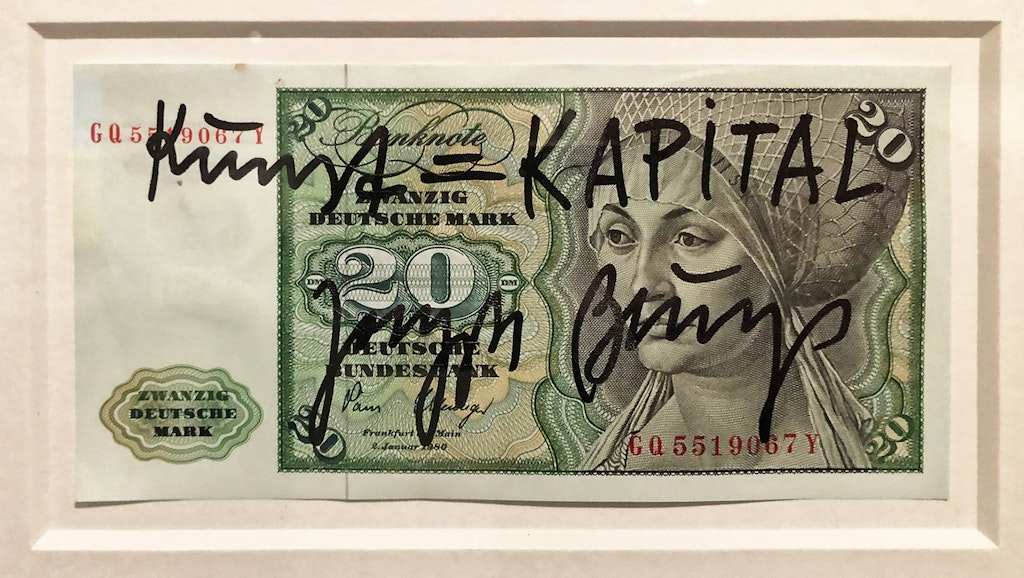Storylines
Tom Chesshyre finds hidden tales on the platforms
In October 1904 James Joyce and Nora Barnacle made an easy mistake. Travelling by train from Zurich to Trieste, the couple disembarked at “Trieste” only to discover, after walking some way into town, that they were in Laibach, the German name by which Slovenia’s capital Ljubljana was known during the Austro-Hungarian Empire. They hastily returned but the train was long gone.
You can only imagine their frustration — everything must have seemed to have been going wrong. Joyce, aged 22, had originally been promised a teaching post in Zurich, which had turned out to be nonexistent. During the long journey from Dublin, he had already attempted unsuccessfully to cadge money from an acquaintance in London, scraped together 60 francs from a friend in Paris, and was very much down on his uppers.
Add to this that his book A Portrait of an Artist had been rejected earlier in the year. Plus, it was not long since a half-mad friend had fired a pistol in his direction (an incident that made its way into his masterpiece Ulysses). The train mess-up must have felt like a last straw.
In Ljubljana, without money for a hotel, Joyce and Barnacle slept rough in a park before catching a morning train into Trieste, where Joyce was initially workless, too. All in all, a bad run of luck, though it was the beginning of a love affair with this part of the world, where he lived for long periods and wrote his best books.
But the point of this tale is that I would never have known a thing about it were it not for a little brass plaque commemorating Joyce’s visit, near a hot dog stall by platform one.
Little brass plaques hidden in corners of stations often have stories to tell. I always keep an eye out for them.

At Wroclaw’s extraordinary main station in western Poland, which looks like a palace belonging to an Indian maharaja (a style that was apparently all the rage in Silesia in the mid-nineteenth century), there is such a plaque on peron (platform) three.
It is in memory of the actor Zbigniew Cybulski, regarded by many as “Poland’s James Dean”. It is embedded within the platform floor and shows the star with his trademark swept-back hair and rather un-Dean-like thick-framed glasses. Tragedy struck at this peron in 1967 when the actor, returning from a film set (having had a few), ran to catch his train, leapt, missed his footing and fell between the wheels. It was a horrific end to a sparkling career: Cybulski, a popular figure during the dark communist days, was 39 and had appeared in as many films. What a sad ending.
Wroclaw has another little station plaque — and another hidden story. This one is tucked away near the flamboyant art nouveau ticket hall and it also remembers a bloody moment. On 23 April, 1943 the Polish resistance group Zagra-Lin carried out an attack on a Nazi troop train, killing four and injuring others. It was part of a campaign that included repeated assaults on stations and railway lines across Poland, Germany, Latvia and Lithuania.
Stations have stories because people move through stations. Things happen in stations: good, bad and — sometimes — unconscionable
Zagra-Lin almost changed history. Had their planned attack on a line outside the Polish city of Bydgoszcz worked they might have blown up Hitler himself. Alas, the route of the Fuhrer’s special train was altered and the explosives never detonated. Not long afterwards many of the underground group were captured. Yet they had done much to distract the Nazis during a key period — almost pulling off the ultimate coup.
I had reached Wroclaw via a cherry-red Trilex express train on a 3hr 45min journey that had begun at Dresden’s Neustadt Station, where there is yet another plaque. This one is unmissable and chilling, right by the entrance to the ticket hall.
An inscription begins: “During National Socialism, Dresden-Neustadt Station was used as a starting point for many deportations of Jewish women, men and children.” In October 1938, 724 Dresden Jews were deported from these platforms to concentration camps including Auschwitz and Birkenau. A further inscription is written in Hebrew and a brass Star of David has been fixed to the pavement in front.
Commuters were streaming past as I stood there for a long time in silence. Back in Britain our understanding of the Second World War is one step removed from the horrors of what happened in Eastern Europe. In Dresden, its presence seems to hang in the air.
Stations have stories because people move through stations. Things happen in stations: good, bad and — sometimes — unconscionable. Travelling by train is not always just about the journey. It’s about the stations, too. And the little brass plaques offering glimpses into the past.
Enjoying The Critic online? It's even better in print
Try five issues of Britain’s most civilised magazine for £10
Subscribe














